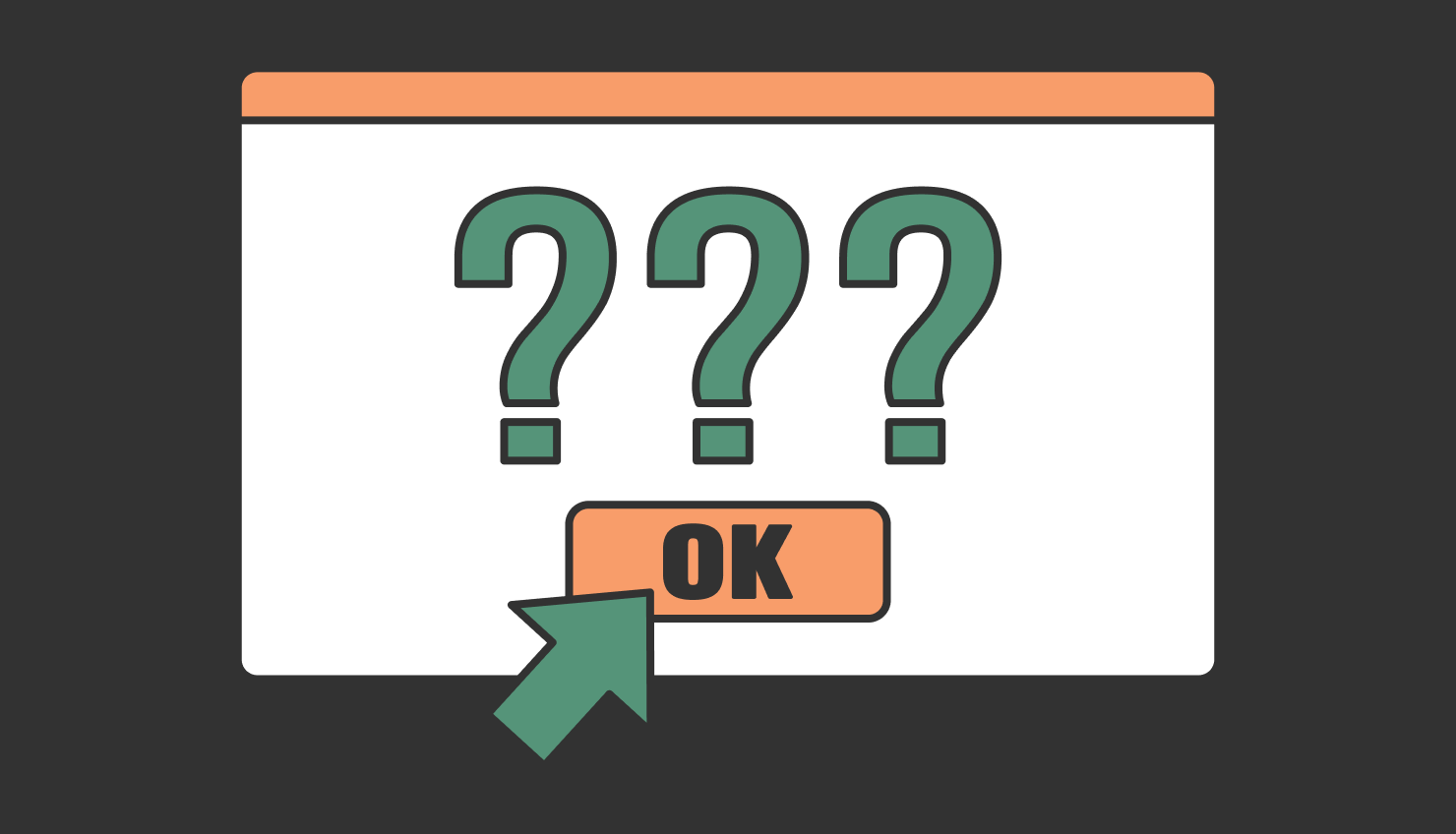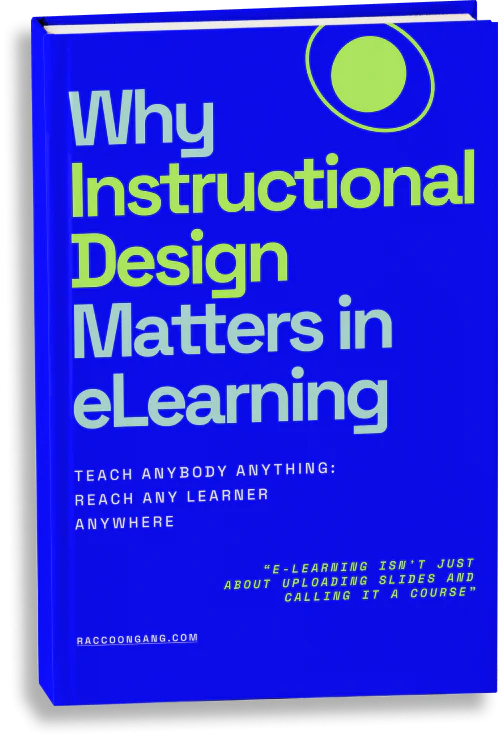For e-learning professionals, these patterns aren’t just academic—they inform real design choices. Learning style quizzes offer a quick way to uncover how people engage with content. The better you understand how your learners absorb information, the more targeted and effective your training becomes.
We’ll break down common learning styles, explain how they show up in digital environments, and recommend quizzes that reveal learner preferences. Because when learning clicks, retention sticks.
Understanding the VARK Learning Style Quiz
The VARK model, developed by Neil Fleming in 1992, identifies four core learning preferences:
-
Visual
-
Auditory
-
Reading/Writing
-
Kinesthetic
Each style responds differently to how information is presented. Learning is also shaped by factors like environment, cognitive load, and emotional state.
Visual Learners
-
Prefer diagrams, charts, tables, infographics
-
Respond best to visual input over long text
-
Often called spatial learners
-
Make up about 65% of learners
Auditory Learners
-
Learn through listening and speaking
-
Prefer lectures, podcasts, and group discussions
-
Talk through problems rather than read instructions
Reading/Writing Learners
-
Learn by reading text and writing notes
-
Excel when content is presented in written form
-
Don’t rely on visuals or audio but need clear verbal explanations
Kinesthetic Learners
-
Learn by doing and engaging in hands-on tasks
-
Prefer physical activity, movement, and experience-based methods
-
Often recreate, build, or practice to improve understanding
These four styles form the core of the VARK model, but they’re not the only ones. Other learning models, like Memletics, expand the list to seven categories, adding:
-
Verbal
-
Logical
-
Social
-
Solitary
Verbal Learners
-
Like using language—spoken or written
-
Often overlap with reading/writing and auditory learners
Logical Learners
-
Prefer structured methods like systems, math, and scientific reasoning
-
Often drawn to technical or analytical fields
Social Learners
-
Learn best in group settings
-
Thrive in discussions, workshops, and team-based tasks
Solitary Learners
-
Prefer learning alone
-
Reflect internally and need personal space to process new information
Why Learning Styles Matter
Whether you’re teaching students or training professionals, recognizing different learning styles helps you design better content. It ensures that everyone—no matter their style—can stay engaged and absorb what you’re teaching. Without this understanding, you are likely to end up with some learners lagging behind without any fault of their own. Their learning style won’t be activated, making it hard for them to catch up with the material.
So, How to Know Your Learning Style Quiz?
You don’t need a specialist to figure out how you learn best. Online learning style quizzes offer a fast, practical way to get insights into your learning preferences.
Many of these tools are free, easy to take, and based on well-known models like VARK or Memletics. Some give you a percentage breakdown across several learning styles, helping you see where your strengths overlap. Below are several quizzes worth trying.
1. Memletics Learning Styles Questionnaire
-
Based on the seven-style Memletics model
-
Focuses on self-assessment through multiple everyday scenarios
You rate each statement as:
- 0 = doesn’t apply
- 1 = somewhat true
- 2 = completely accurate
At the end, you’ll receive a score across all seven styles: visual, auditory, reading/writing, kinesthetic, logical, social, and solitary
2. VARK Questionnaire
-
Based on the original VARK model (Visual, Auditory, Reading/Writing, Kinesthetic)
-
Includes 16 multiple-choice questions built around real-life scenarios
-
Example: “How would you prefer to receive feedback after a test?”
-
Results show your learning style preferences—some users may get mixed scores and qualify as multimodal learners
3. Education Planner Learning Style Quiz
-
Also grounded in the VARK model
-
Designed for students but relevant for anyone
-
Contains 20 scenario-based questions with 3–4 answer options
Results include:
-
A percentage breakdown across the four styles
-
An explanation of your top style
-
Tips on how to improve based on your learning preference
4. Arden University Learning Style Quiz
-
Created by a UK-based online university
-
Short format: only 10 questions
-
Answer by selecting A, B, or C per question
-
Results are simple and come with study advice tailored to your learning style
5. University of the Pacific Learning Style Inventory
-
Available as a downloadable PDF
-
Contains 14 multiple-choice questions
-
Focuses on the VAK model (Visual, Auditory, Kinesthetic)
-
Self-assessed scoring: count your answers to determine your primary learning type
-
Includes a detailed list of study tips based on your result
6. Chegg’s Learning Style Quiz
-
Based on the VAK model
-
Shortest quiz: just seven questions
-
Questions are straightforward (e.g., “Do you like charts and graphs?”)
-
Results place you into one of three types: visual, auditory, or kinesthetic
Offers:
-
A brief explanation of your result
-
Study tips
-
Population statistics for your type
7. BuzzFeed + Ashford University Learning Style Quiz
-
Created in partnership with Ashford University
-
Fun, casual tone with eight quick questions
-
Results mirror VARK-style outputs
-
Useful for informal self-reflection or classroom icebreakers
These quizzes offer a quick starting point. They’re especially helpful for instructional designers, teachers, or corporate trainers looking to align learning experiences with learner needs. You might find that you’re not just one type—but a mix. That’s valuable information when planning content or adjusting delivery formats.
Embrace all types of learning
Learning is a journey, and it can take many different forms. Some people are visual learners, while others are more kinesthetic or auditory. That’s why it’s important to embrace all types of learning when designing your eLearning course. One way to do this is by using a variety of quiz question types in your course.
10 Types of Quiz Questions to Use in Your eLearning Course
1. Multiple-Choice
Multiple-choice questions are a classic quiz format that allows learners to choose the correct answer from a list of options. These types of questions are great for testing basic knowledge and can be used to assess a wide range of subjects.
2. Multiple Response
Multiple-response questions are similar to multiple-choice, but they allow learners to select more than one correct answer. These types of questions are useful for testing more complex concepts or when multiple answers may be correct.
3. True or False
True or false questions are a simple way to test basic knowledge and can be used to assess a wide range of subjects. These questions require learners to determine whether a statement is true or false.
4. Short Answer
Short-answer questions require learners to type in a brief response to a question. These types of questions are great for testing more in-depth knowledge and can be used to assess a wide range of subjects.
5. Fill-in-the-Blanks
Fill-in-the-blank questions require learners to fill in a missing word or phrase in a sentence or paragraph. These types of questions are useful for testing vocabulary and can be used to assess a wide range of subjects.
6. Matching
Matching questions require learners to match a list of items to their corresponding definitions or descriptions. These types of questions are great for testing basic knowledge and can be used to assess a wide range of subjects.
7. Sequence
Sequence questions require learners to arrange a list of items in the correct order. These types of questions are useful for testing knowledge of processes or timelines and can be used to assess a wide range of subjects.
8. Hotspot
Hotspot questions require learners to identify specific areas of an image or graphic. These types of questions are useful for testing knowledge of spatial relationships and can be used to assess a wide range of subjects.
9. Drag-and-Drop
Drag-and-drop questions require learners to drag and drop items into the correct location on a screen. These types of questions are useful for testing knowledge of spatial relationships and can be used to assess a wide range of subjects.
10. Drag the Words
Drag the words questions require learners to drag words or phrases and place them in the correct location on a screen. These types of questions are useful for testing vocabulary and can be used to assess a wide range of subjects.
Create Your Own Learning Style Quiz
Most learning style quizzes are easy to use and work well in both academic and corporate settings. But if you want more control, you can build your own.
Several platforms let you customize everything—from the quiz structure to the way results are explained. You’re not limited to VARK, Memletics, or any single model. Mix elements from different frameworks and tailor feedback to fit your learners’ needs.
Here are some platforms you can use to build a custom quiz:
Each platform has its own set of pros and cons. We suggest that you test them out and then work with the one that is the most effective and easy-to-use. If you’ve never made a quiz before, the websites will explain how to do it in complete detail.
In the end, it’s about helping learners to figure out their strengths and then use them to make improvements in how they learn and to polish their skills.
FAQ
What different types of learners are there?
- Visual learners: These learners prefer to learn through visual means, such as through diagrams, charts, and videos.
- Auditory learners: These learners prefer to learn through hearing and speaking, such as through lectures, discussions, and podcasts.
- Kinesthetic learners: These learners prefer to learn through physical activity and hands-on experiences, such as through experiments, demonstrations, and role-playing.






